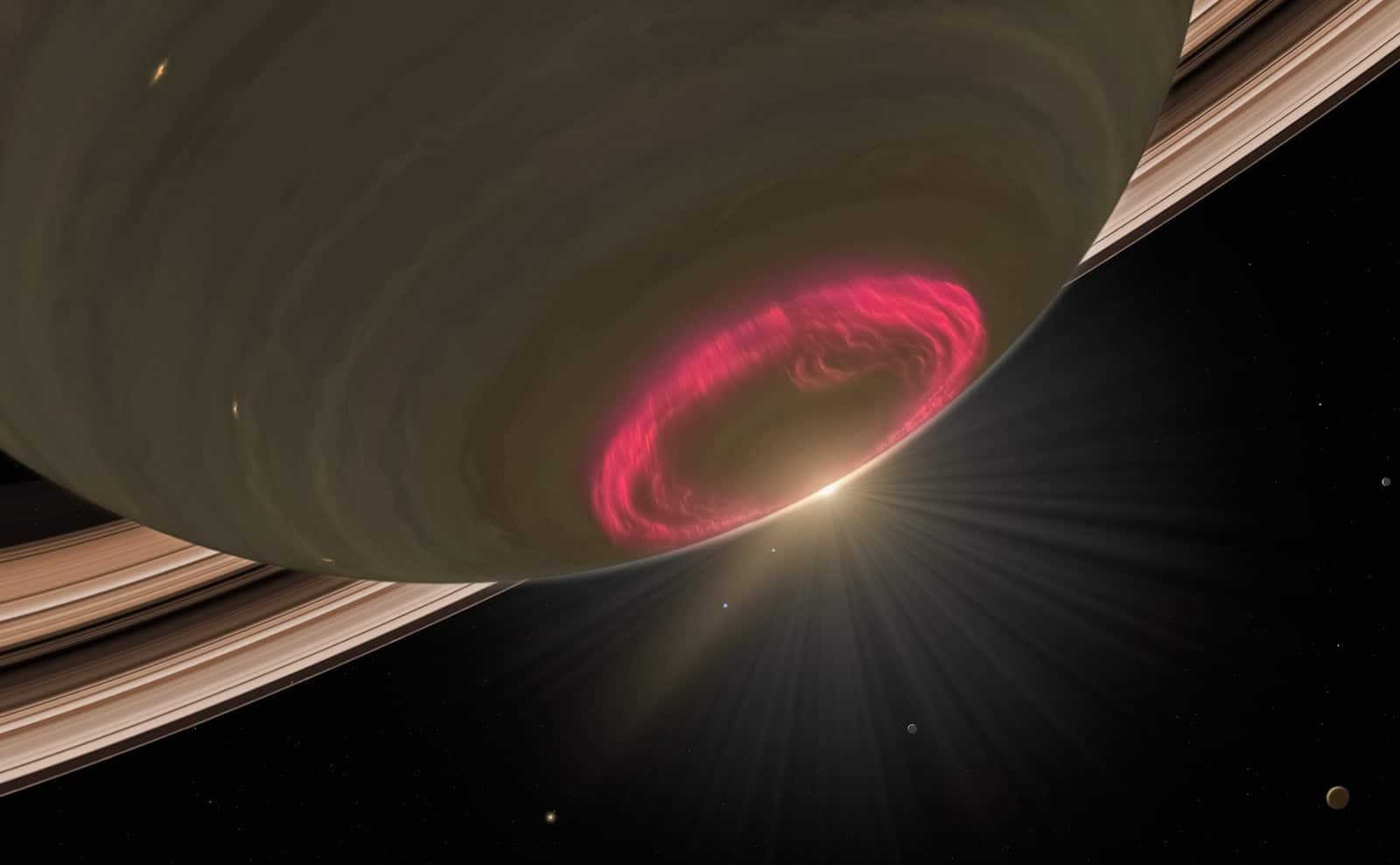A planetary alignment refers to the positioning of planets in relation to each other and the Sun. In a rare planetary alignment, multiple planets align in a way that is not commonly seen. This can include planets lining up in a straight line or forming a specific geometric pattern. These alignments are considered rare because they require precise timing and positioning of the planets, which only occurs at certain intervals.
When Does the Next Rare Planetary Alignment Occur?
The next rare planetary alignment is set to occur on [insert date and time]. This alignment is considered rare because it involves the alignment of [insert number] planets in our solar system. The specific configuration of this alignment is [describe configuration]. This alignment will be visible from [insert location] and can be observed with the naked eye or with the help of telescopes.
What Planets are Involved in a Rare Planetary Alignment?
The next rare planetary alignment involves several planets in our solar system. These include [list planets involved]. Each planet has its own unique characteristics and plays a role in the overall alignment. For example, [describe characteristics of each planet].
How Often Do Rare Planetary Alignments Happen?
| Planet | Alignment Date | Next Alignment Date |
|---|---|---|
| Mercury | May 5, 2000 | November 11, 2019 |
| Venus | June 8, 2004 | December 10, 2031 |
| Mars | July 27, 2018 | October 8, 2020 |
| Jupiter | May 28, 2000 | November 5, 2022 |
| Saturn | May 10, 2002 | November 22, 2034 |
| Uranus | March 7, 1994 | April 23, 2028 |
| Neptune | August 20, 1971 | July 12, 2044 |
Rare planetary alignments do not occur frequently, making them a special event for astronomers and enthusiasts. The frequency of these alignments depends on various factors, including the orbital periods of the planets involved. On average, rare planetary alignments occur once every [insert number] years. This makes them a relatively rare occurrence compared to other astronomical events.
What Causes a Rare Planetary Alignment?
The gravitational pull of the planets is the main factor that causes rare planetary alignments. As the planets orbit the Sun, their gravitational forces interact with each other, causing them to align in specific configurations. This alignment is influenced by the mass and distance of each planet from the Sun. The gravitational pull of larger planets, such as Jupiter and Saturn, can have a significant impact on the alignment of smaller planets.
How to Observe a Rare Planetary Alignment?

Observing a rare planetary alignment requires careful planning and preparation. Here are some tips on how to observe this celestial event:
1. Find a suitable location: Choose a location with minimal light pollution and a clear view of the sky.
2. Check the weather: Make sure to check the weather forecast to ensure clear skies during the alignment.
3. Use binoculars or telescopes: While some rare planetary alignments can be observed with the naked eye, using binoculars or telescopes can enhance the viewing experience and allow for a closer look at the planets.
4. Take photographs: Capture the beauty of the rare planetary alignment by taking photographs. Use a tripod to stabilize your camera and experiment with different exposure settings to get the best results.
What Can We Learn From a Rare Planetary Alignment?
Studying rare planetary alignments provides valuable insights into the dynamics of our solar system. By observing these alignments, scientists can gather data on the positions and movements of planets, which can help refine our understanding of their orbits and gravitational interactions. Additionally, rare planetary alignments can provide opportunities for scientific discoveries, such as the detection of new celestial objects or the confirmation of existing theories.
What are the Historical Significance of Rare Planetary Alignments?
Throughout history, rare planetary alignments have been associated with significant events and cultural beliefs. For example, ancient civilizations often interpreted these alignments as omens or signs of impending change. In some cases, rare planetary alignments coincided with historical events, such as the discovery of new lands or the birth of influential figures. These alignments were often seen as celestial messages or divine interventions.
What are the Cultural Beliefs Surrounding Rare Planetary Alignments?
Cultural beliefs surrounding rare planetary alignments vary across different societies and time periods. Some cultures view these alignments as auspicious events that bring good fortune and positive energy. Others see them as warnings or omens of impending disaster. In some cases, rare planetary alignments are associated with specific rituals or practices, such as meditation or prayer, to harness the energy of the alignment for personal or collective benefit.
How Does a Rare Planetary Alignment Affect Astrology and Horoscopes?
Rare planetary alignments have a significant impact on astrology and horoscopes. Astrologers believe that these alignments can influence the energies and vibrations that are present during a specific period. They use the positions and configurations of the planets to make predictions and interpretations about individual personalities, relationships, and future events. Rare planetary alignments are often seen as potent times for personal growth, manifestation, and transformation.
Rare planetary alignments offer a unique opportunity to witness the beauty and complexity of our solar system. By studying these alignments, scientists can deepen their understanding of the forces that govern our universe. Additionally, rare planetary alignments have historical and cultural significance, shaping beliefs and practices across different societies. The next rare planetary alignment is an event that should not be missed, as it provides a chance to witness the wonders of our celestial neighborhood.
If you’re fascinated by the wonders of planetary alignment, you won’t want to miss the latest article in the October 2023 newsletter from Astrology SA. This informative piece delves into the significance of planetary alignments and their impact on our lives. Discover how these celestial events can influence everything from personal relationships to global events. To further explore this topic, check out their article on Saturn’s transit through Pisces, which provides valuable insights into the effects of this powerful planetary movement. Additionally, don’t miss their captivating analysis of the astrology behind Storm Ciaran, a mighty cyclone bomb that occurred from 1 to 4 November 2023. To read more about these fascinating topics, visit Astrology SA’s website: https://astrologysa.co.za/october-2023-newsletter/, https://astrologysa.co.za/saturn-transit-through-pisces/, https://astrologysa.co.za/the-astrology-of-storm-ciaran-1-to-4-november-2023-mighty-cylone-bomb/.
FAQs
What is planetary alignment?
Planetary alignment is a phenomenon that occurs when two or more planets appear to be in a straight line as observed from Earth.
How often does planetary alignment occur?
Planetary alignment occurs periodically, but the frequency and visibility depend on the specific planets involved and their orbits. Some alignments occur every few years, while others may not occur for several decades.
What causes planetary alignment?
Planetary alignment is caused by the gravitational pull of the planets on each other. As they orbit the sun, their positions relative to each other change, and occasionally they align in a straight line.
Can planetary alignment affect Earth?
Planetary alignment does not have any direct effect on Earth. However, it can affect the gravitational forces in the solar system, which can have an impact on the orbits of other celestial bodies.
Is planetary alignment rare?
The frequency of planetary alignment varies depending on the specific planets involved. Some alignments occur more frequently than others, but they are generally considered to be rare events.
Can planetary alignment be seen with the naked eye?
Planetary alignment can be seen with the naked eye, but the visibility depends on the specific alignment and the time of day. Some alignments may be visible only during certain times of the year or from certain locations on Earth.
What is the significance of planetary alignment?
Planetary alignment has no significant impact on human life or the Earth. However, it is an interesting astronomical event that can be observed and studied by astronomers and space enthusiasts.




